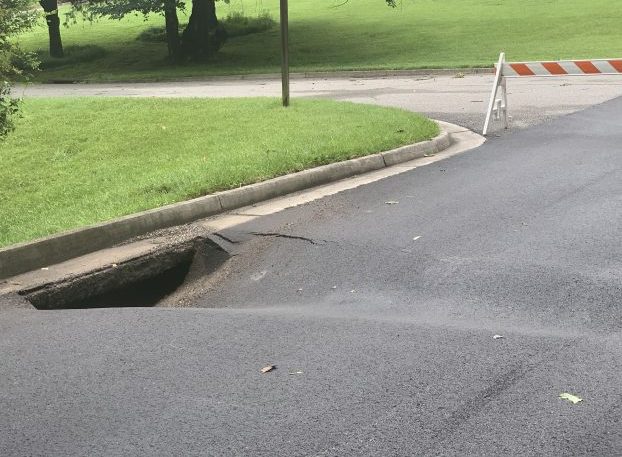Harsh Chemicals Threaten Wildlife
Published 5:24 pm Friday, May 29, 2015
Editor, The Herald:
My name is John G. Hurt. I am a 1968 graduate of Virginia Tech in Forestry and Wildlife. I have been working in the Danville area since 1968 as an industrial forester.
I have a major concern about the use of harsh chemicals as a means of preparing properties for tree planting (loblolly pine). Some chemicals kill every living plant. After all plants are killed, there is no wildlife habitat on these properties. There are no green leaves, no insects, no seeds, no legumes, and no browse for deer. Butterflies and box turtles are gone. All that is left are planted pine trees.
Trending
Five years ago, I developed a quail habitat area of less than 100 acres. After three years, there were seven conveys of quail on the property. I decided to spray because briars were getting out of hand and I was assured by the contractor that spraying would have no affect on the quail population. The following year there was one covey. Today, five years later, there are no quail on the property.
There are chemicals that are more wildlife friendly than others. Too often the harshest chemicals are used to assure no competition and optimum growth for pines. Is there no concern for our over-all environment? What is the long-term effect on our songbirds, honeybees, and all other wildlife, many of whom we are spending money to save?
An article in Quail Forever Magazine (spring, 2014) states that the U.S. Forestry and Wildlife Service estimates that each year 67 million birds die from direct exposure to pesticides in the United States. Ten times that number is exposed. Researchers have found dozens of chemicals in commercial beehives. Our bees are disappearing, but the use of chemicals increases every year.
Several landowners in Caswell County, NC signed up for chemical spraying and then decided not to spray because of their concern for honeybees and other wildlife. It is critical that legislators and citizens consider the alternatives to harsh chemicals as they manage timber and farm lands in this region.
J. G. Hurt
Danville





